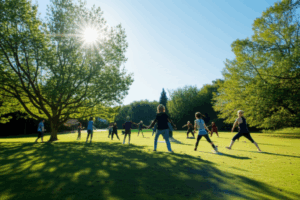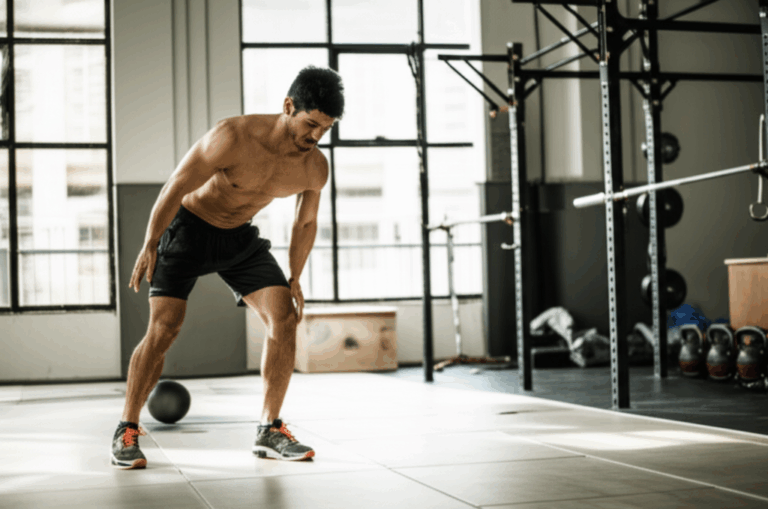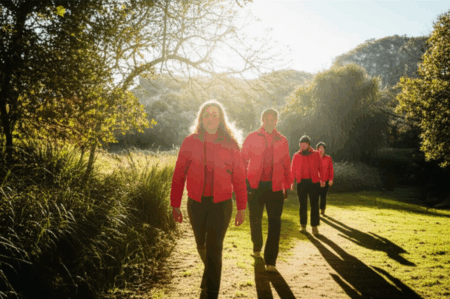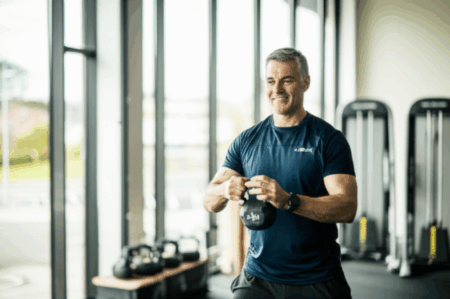Do you ever feel like your core workouts just aren’t delivering the desired results? You’re not alone. Sculpting a strong, defined midsection can feel like an uphill battle, where countless crunches and planks don’t seem to make a significant difference. But when you have the right workouts, that chisel suddenly turns into a precision tool that uncovers the abs hiding underneath. Beyond aesthetics, a strong core is the foundation of your strength, posture, and athletic performance, supporting almost every movement and physical activity you do throughout the day, from pushing a grocery cart to walking across the room.
This guide outlines a powerful six-exercise routine, inspired by fitness enthusiasts, designed to target all major abdominal muscles and help you achieve a truly sculpted core.

Understanding Your Core: More Than Just Abs
Your “abs” (abdominal muscles) are just one part of a larger, intricate network known as your core. This vital area consists of muscles in your abdomen, back, and around your pelvis. Working these muscles improves mobility, spinal and trunk stability, and supports daily activities. A well-rounded core routine, therefore, should engage various core muscles, including the rectus abdominis (the “six-pack” muscle), obliques (side muscles), and the deeper transverse abdominis.
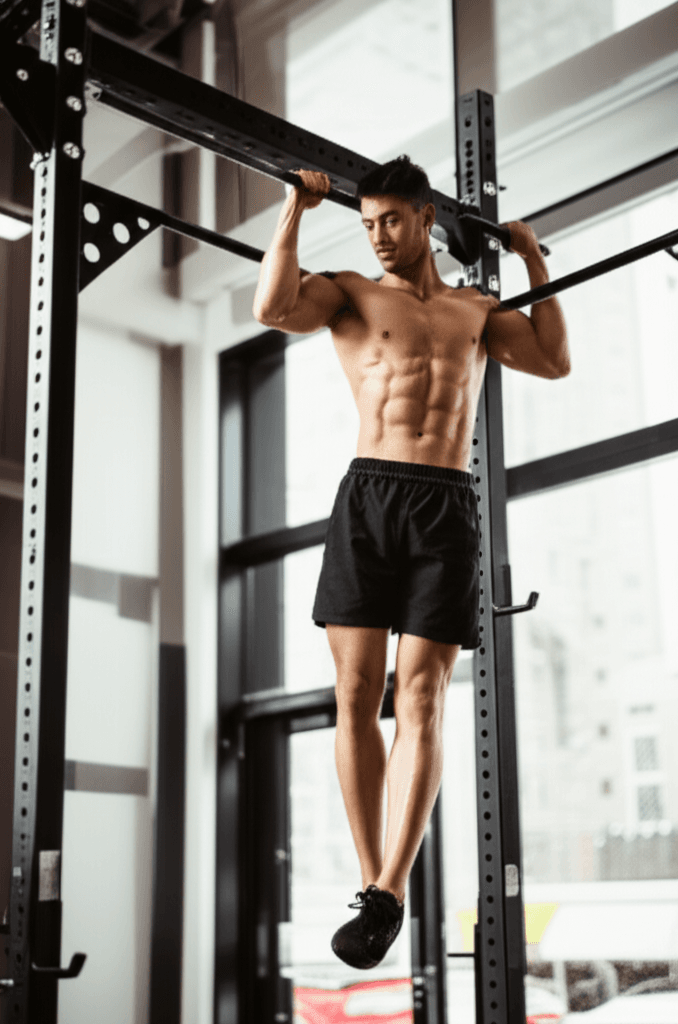
The Six-Exercise ‘Sculpted Core’ Transformation Routine
This routine focuses on a combination of isometric holds, rotational movements, and exercises that target both upper and lower abdominal regions, ensuring a comprehensive workout. Consistency and proper form are paramount to maximize results and prevent injury.
1. Forearm Plank
Why it works: The plank is a foundational full-body isometric exercise that effectively targets your entire core, including your abs, back, and glutes. It builds stamina in your core muscles and enhances stability without straining the spine. Plank variations are excellent for ab sculpting.
How to do it:
- Begin in a push-up position, then lower down to rest on your forearms, with elbows directly under your shoulders.
- Extend your legs straight back, keeping your feet hip-width apart.
- Engage your core, glutes, and quadriceps, maintaining a straight line from your head to your heels. Avoid letting your hips sag or pike up.
- Keep your neck neutral, looking at the floor.
Sets and Duration: Aim for 2-3 sets, holding for 30-60 seconds, or as long as you can maintain perfect form.
2. Russian Twists
Why it works: This dynamic exercise primarily targets your obliques, the muscles responsible for the “V” shape and side definition, as well as your upper abs. It improves rotational strength and core stability.
How to do it:
- Sit on the floor with your knees bent and feet flat. Lean back slightly, engaging your core, until your torso is at about a 45-degree angle to the floor. You can lift your feet off the ground for more challenge.
- Clasp your hands together or hold a light weight (like a dumbbell or medicine ball) at your chest.
- Keeping your back straight and shoulders pulled back, rotate your torso from side to side, touching the floor (or aiming to) with your hands/weight on each side. The twisting motion should come from your abs, not your shoulders.
Sets and Reps: Perform 3 sets of 12-15 repetitions per side.
3. Bicycle Crunches
Why it works: Bicycle crunches are a highly effective exercise for targeting both the rectus abdominis and obliques simultaneously, providing a “double-whammy” core workout. They challenge your coordination and engage your abdominal muscles through a full range of motion.
How to do it:
- Lie on your back with your lower back pressed into the floor. Place your hands behind your head, elbows bent and pointed out to the sides.
- Lift your shoulders and head off the floor, bringing your knees towards your chest.
- Straighten one leg while twisting your torso to bring the opposite elbow towards the bent knee.
- Alternate sides in a cycling motion, ensuring a slow and controlled movement to maximize muscle engagement. Avoid pulling on your neck.
Sets and Reps: Complete 3 sets of 15-20 repetitions per side.
4. Hanging Knee Raises
Why it works: This advanced move is excellent for strengthening the muscles that lift your legs and tighten your midsection, specifically targeting the lower abs. It also improves grip strength and shoulder endurance. Training in a hanging position engages multiple muscle groups, strengthening your core for real-world movement.
How to do it:
- Hang from a pull-up bar or use a Captain’s Chair station, with your arms fully extended.
- Engage your core and lift your knees towards your chest, hinging at the hips. Aim to bring your knees to a 90-degree angle or higher.
- Hold briefly at the top for maximum contraction.
- Slowly lower your legs back down under control until fully extended, without swinging or using momentum.
Sets and Reps: Perform 3 sets of 8-12 repetitions. To increase the challenge, keep your legs straighter.
5. Reverse Crunches
Why it works: Reverse crunches effectively target the lower abs and deep core muscles in a way few other exercises can. By curling your pelvis toward your chest, you strengthen the deep fibers that tighten the area below your navel. This movement also enhances control through your hips and lower torso, helping to create a flatter and more stable midsection.
How to do it:
- Lie flat on your back with your hands by your sides or lightly under your hips for support. Bend your knees to 90 degrees and lift your legs so your thighs are perpendicular to the floor and shins parallel to the floor.
- Engage your lower abs, pressing your lower back into the floor, and use your core to lift your hips off the ground, bringing your knees towards your chest.
- Pulse your legs slightly towards the ceiling, maintaining tension in the lower abs.
- Slowly lower your hips back down without letting your feet touch the ground, controlling the movement.
Sets and Reps: Aim for 3 sets of 12-15 repetitions.
6. V-Ups (Jackknife)
Why it works: V-ups engage your upper and lower abs simultaneously, generating powerful tension throughout your entire core. This simultaneous lift of your legs and torso builds coordination, balance, and strength, while tightening the deep muscles beneath your navel. It’s an advanced move that builds definition and helps your core work as a single, powerful unit.
How to do it:
- Lie flat on your back with your arms extended overhead and legs straight.
- Engage your abs and simultaneously lift your legs (keeping them as straight as possible) and your torso off the ground, reaching your hands towards your toes. Your body should form a “V” shape.
- Hold for a moment at the top for full contraction.
- Lower yourself slowly and with control back to the starting position. Maintain a smooth, steady rhythm.
Sets and Reps: Complete 3 sets of 8-12 repetitions. If this is too challenging, start with a “Tuck and Crunch” variation where you bring your knees to your chest while crunching up.
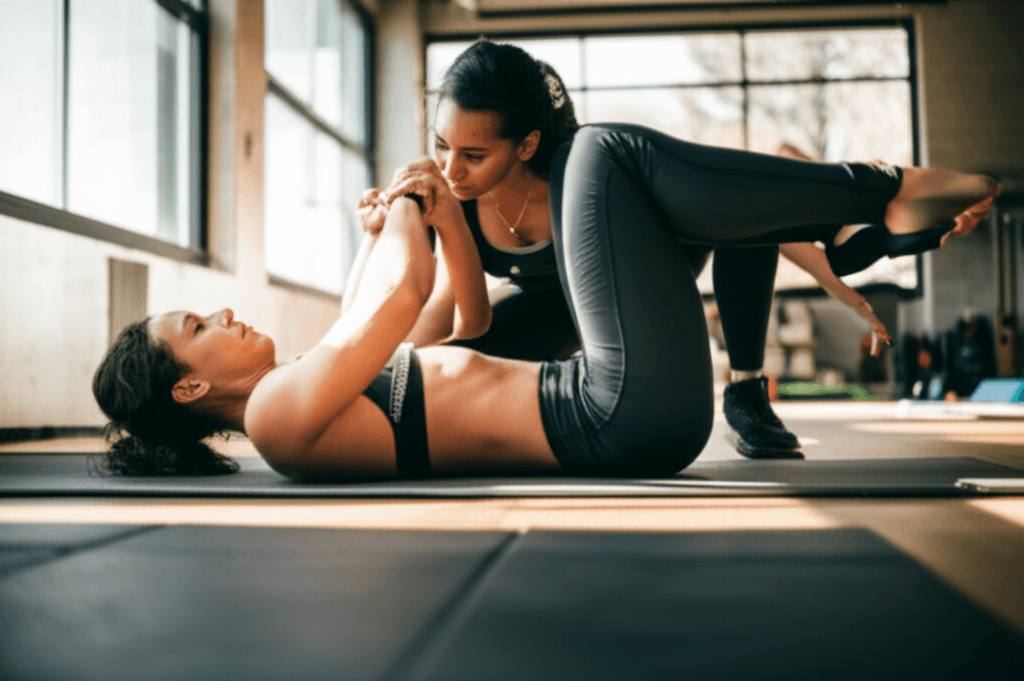
Maximizing Your Core Transformation
Achieving a sculpted core goes beyond just doing exercises. Here are key factors for success:
Consistency is Key
Regularity is crucial. Incorporate this routine into your fitness regimen 3-4 times per week, allowing for rest days in between to facilitate muscle recovery and growth.
Prioritize Proper Form
Focus on executing each movement with precision rather than speed or momentum. Poor form can lead to less effective workouts and increase the risk of injury. If you’re unsure, watch instructional videos or consider working with a certified trainer.
Progressive Overload
As your core strength improves, challenge yourself further. This could mean increasing hold times for planks, adding weight to Russian twists, performing more repetitions, or reducing rest periods.
Fuel Your Body with Proper Nutrition
Targeted core workouts can strengthen and define your abdominal muscles, but to reveal that definition, you need to reduce overall body fat. A balanced diet rich in lean protein, fiber, and plenty of water is essential to support muscle growth, aid recovery, and help uncover the muscle definition you’re building.
Listen to Your Body
Pay attention to any discomfort or pain. Your core workout should challenge you, but it shouldn’t cause sharp pain. Modify exercises as needed or consult a fitness professional if you experience persistent issues.
By integrating this comprehensive six-exercise routine with consistent effort and a focus on holistic well-being, you’ll be well on your way to achieving a strong, stable, and sculpted core.


